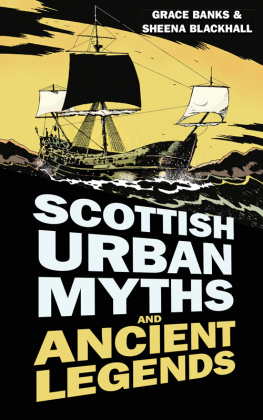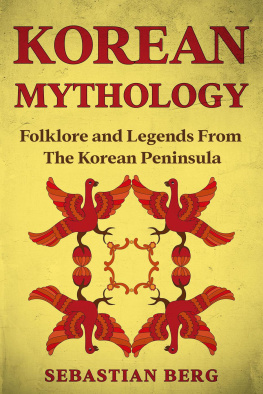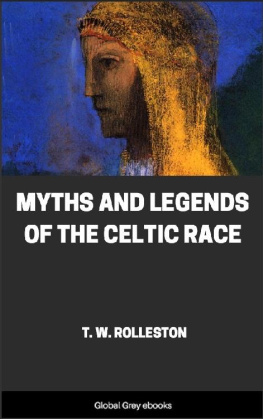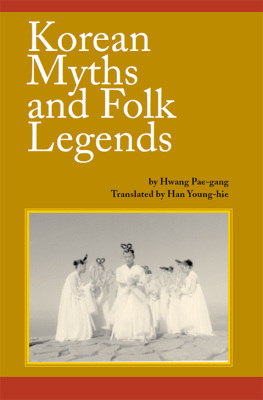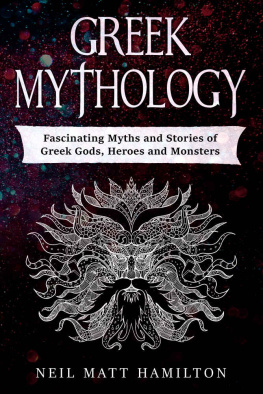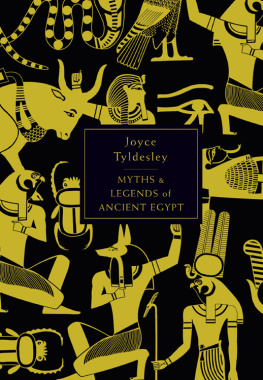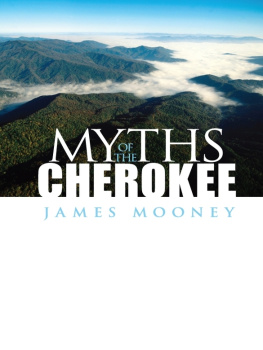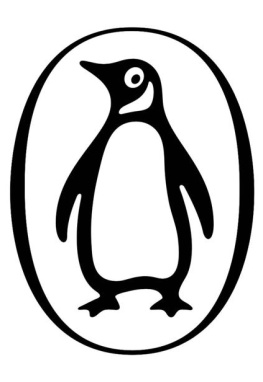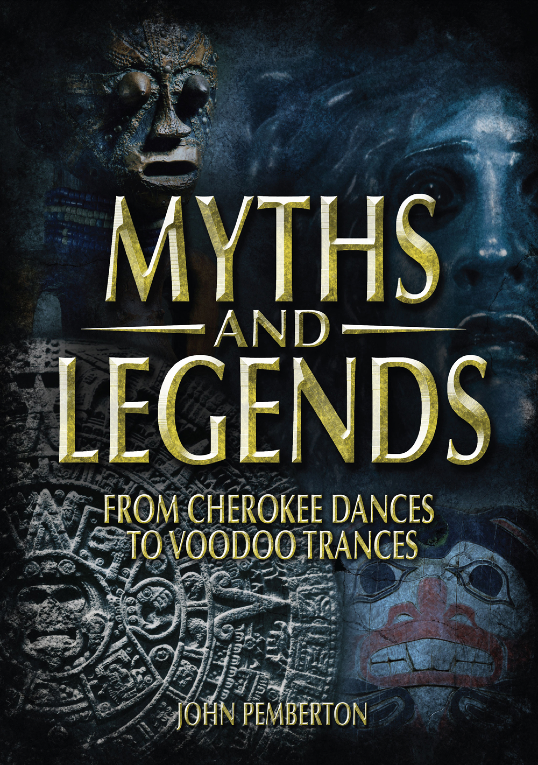The World's Most Evil People | Serial Killers | Born to be Killers | Evil Psychopaths | Great Unsolved Crimes | Voodoo Killers | Spree Killers | Mass Killers Mass Killers: Crimes Against Humanity Serial Killers: Compulsion to Kill Spree Killers: On the Rampage | Hostages Hostages and Hijackers Insane Body Snatchers Kidnapped! | Freedom Fighters Ancient Freedom Fighters Early Freedom Fighters Modern Freedom Fighters | Fugitives Fugitives from Justice Fugitives on the Run Notorious Fugitives
Conquistadors | Gladiators | Eyewitness to History | People Who Changed the World | Vampires | Pirates and Privateers | Zombies | Zombies: Illustrated Edition
Timeline of World History | Timeline of Britain | Timeline of Kings and Queens | Timeline of War
Introduction
T he impulse to create myths seems to be inherent in all cultures, uniting peoples from every corner of the Earth and from every period of human history. That the stories gathered together in this book have survived to the present day is testament to the importance our predecessors placed upon them. The authors and custodians of these works valued them as highly as any treasure, protected them as fiercely as any territory or ruler. Across the ages, humankind has sung these sacred words by camp fires and gravesides, carved them in tombs and temples, recited and re-enacted them at festivals and ceremonies, and scratched them with quills on papyrus, vellum and paper.
Many of the cultures that produced these works have themselves long since vanished but, through the myths and legends presented here, the gods and demons that sprang from their imaginations and maybe even their realities live on.
What Is A Myth and What Is A Legend?
Though it was the ancient Greeks who gave us the word we use to describe these stories mythos, myths themselves did not begin with the Greeks, and many of the narratives collected here predate them by several centuries. Indeed, it is probable that myths are as old as human thought itself, inspired by the desire to answer such universal questions as where did we come from? and what happens when we die?.
Myths and legends, then, offer a way of understanding the world through metaphor and analogy. The meanings of myths can change according to the cultural beliefs of the reader, but the questions they seek to answer remain the same, which is why so many common themes recur in tales that are separated by thousands of years and thousands of miles. Many of the similarities in the myths are highlighted throughout this book, though readers will doubtless find many more of their own.
Academics divide stories of the imagination into categories such as myth, legend and folklore, in order to distinguish between the vast array of tales that have been created by humankind. In truth, all such categories are fluid and likely to overlap at times. Myths tend to deal with the unknown and the supernatural, whilst legends tend to relate to the lives and achievements of real-life individuals, and folklore often focusses on aspects of morality. Many stories, however, refuse to sit neatly within one particular rigid definition, weaving historical fact with invention or exaggeration, melding real events and locations with imagined plots and fabled dreamlands. That countless stories from the worlds great religions appear also (albeit often in modified form) in the canon of mythology only adds to the difficulty of categorization.
This book seeks to gather as wide a collection of stories as is reasonably possible within the confines of a single volume, and purists may thus find that some of the tales included here lie beyond a strict definition of either myth or legend. The author will be content if readers simply discover stories that are new to them, or rediscover stories that were familiar to them only in part. The intention is to kindle an interest in these remarkable tales, in the belief that readers whose thirst has been whetted will seek out for themselves further resources that relate to the fields that interest them the most.
The narratives in this collection have thus been selected in order to amaze, intrigue and delight, as well as educate and inform. For, when all is said and done, the ancient authors of the myths and legends themselves must surely have had that same aim in mind.
Common Themes
Myths and legends reflect our collective dreams and fears, reminding us of the shared experiences that unite us as a species. The characters and settings of the stories in this collection vary widely, yet beneath the surface many common patterns emerge. In this sense, myths represent the collective unconscious posited by Carl Jung, tackling themes that are universal and eternal. Jung identified certain archetypes that recur in almost all myths, allowing peoples from very different cultures to find some mirror of their own selves in the characters portrayed.
It is certainly true that most modern readers will be able to instantly identify with the heroes and villains of these tales, and recognize in their stories dilemmas and questions which still trouble humankind today. For hidden somewhere within these fabled histories and outlandish prophecies, these tales of epic heroes and treacherous villains, this litany of mighty gods and fearsome monsters; somewhere within these soaring dreams and lonely nightmares lies our best collective attempt to answer the question of what it means to be human.
Creation and Destruction
Perhaps the greatest single mystery for ancient human beings was the question of how the world began, and the associated question of where human beings first came from. Almost all cultures have some explanation for the events that occurred before the arrival of humankind. Most focus on a benevolent creator god fashioning humans from clay, wood or some other natural material, and frequently separate processes are described for the construction of men and women.
Often destruction appears hand in hand with creation, as angry gods destroy early or unfinished versions of humans. Tales of floods can be found from every corner of the Earth, leading some to suggest that they may all relate to a single real world event. We will probably never know the truth behind such stories, but the reader cannot fail to spot the astonishing similarity between many flood myths from the disparate cultures represented here. In all versions of the story, the destruction wrought is catastrophic, and threatens the very future of humankind though in most cases one or two virtuous individuals are preselected to survive and propagate the species.
Death and Underworld
Closely linked to the ubiquitous creation myths are tales about how death first appeared in the world, and what happens to humans when they die. A common motif is the idea that humans were originally godlike, immortal, and living in some form of paradise. Humanitys fall takes different forms sometimes it is an act of disobedience as in the myth of The Two Trees from Micronesia and sometimes it is pure bad luck as in the African myth of The Chameleon , but the result is always the same. Human beings become mortal, and the pain of losing a loved one is introduced to the world for the very first time.




